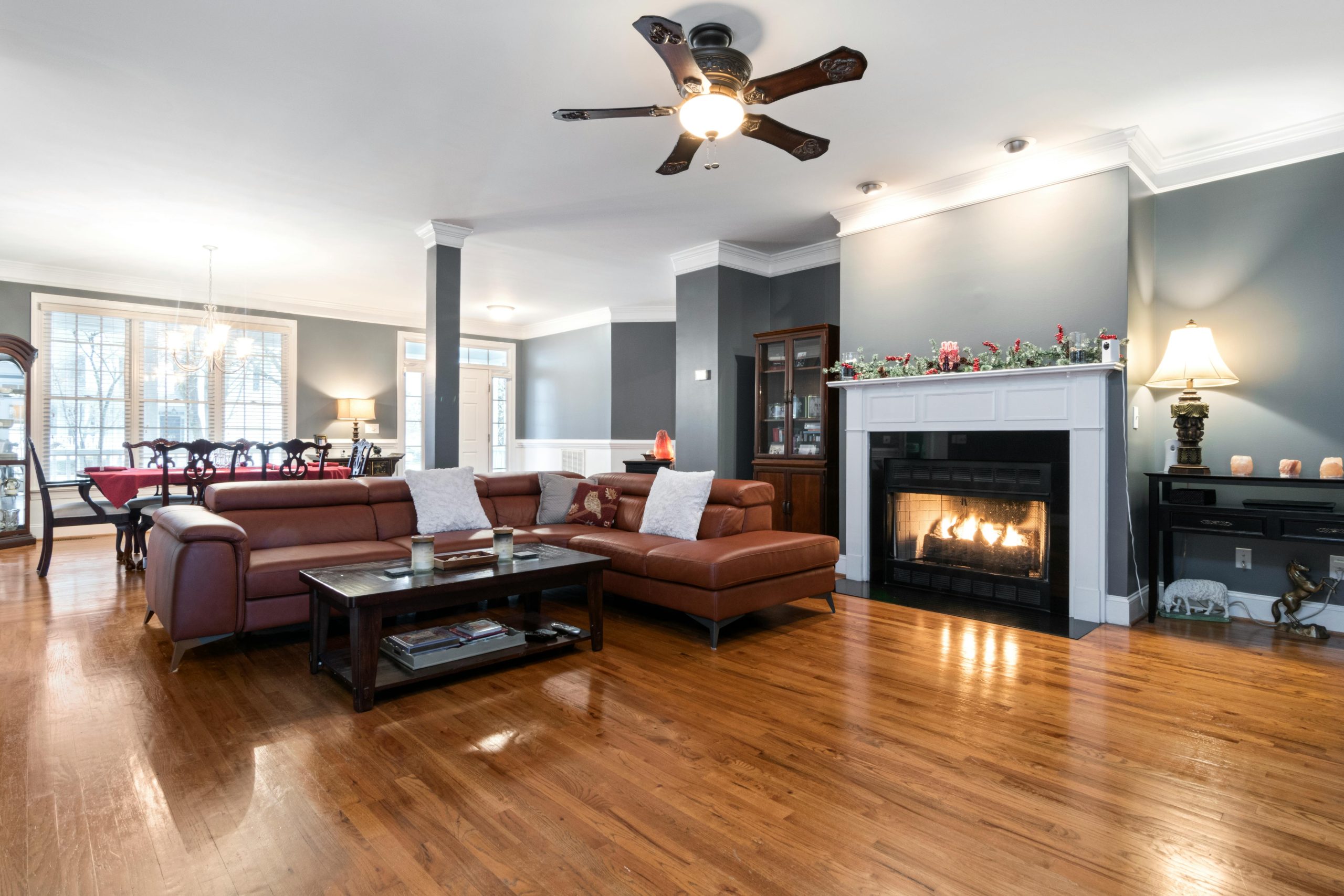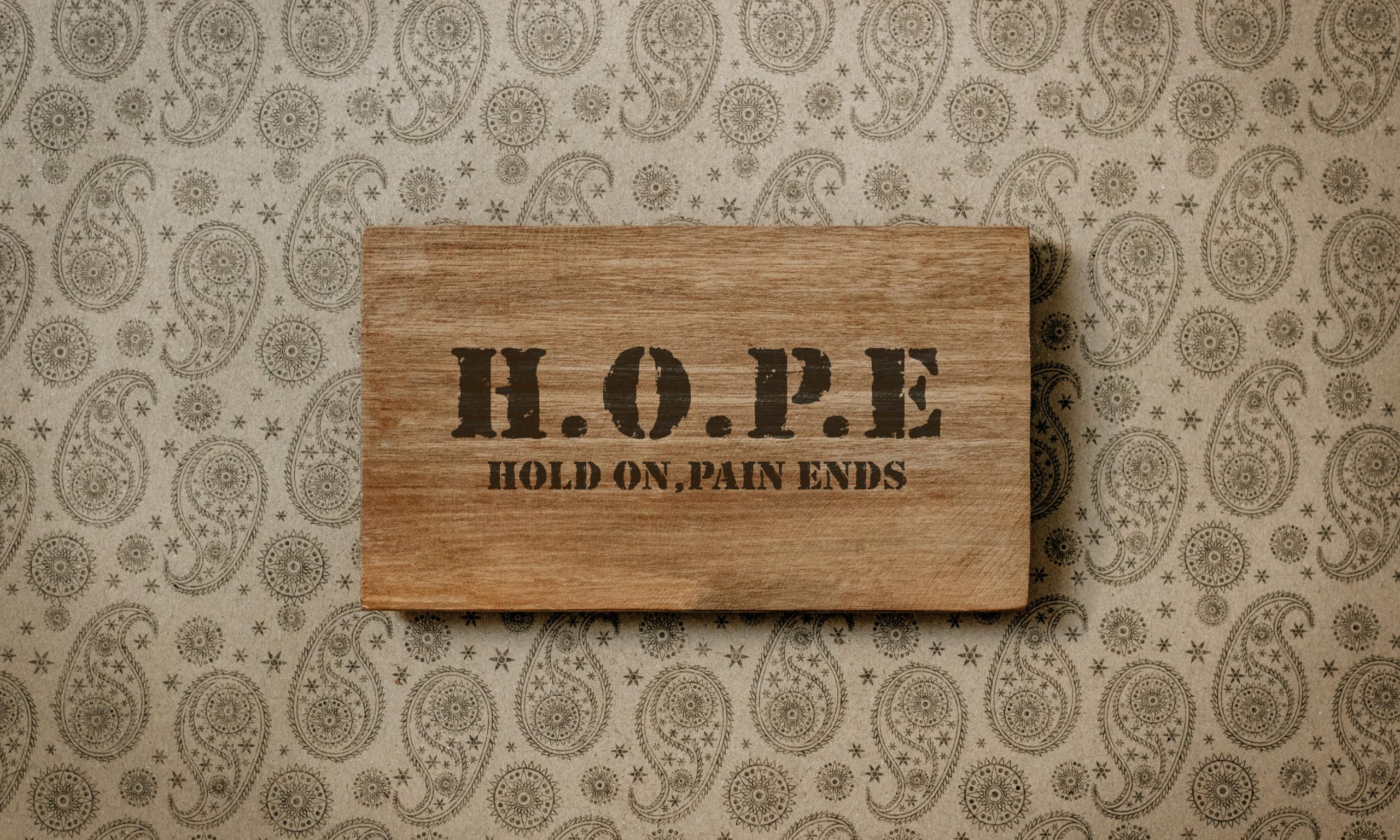Eco-Friendly Practices for a Greener Home
Everybody in their lifetime wants to own their dream abode. Converting a piece of land into your “home” is truly unparalleled. With that being said, a lot of people are considering going sustainable as far as their residence is concerned. This means embracing a true low-impact lifestyle. While having a big bedroom, kitchen, living room, and all is fine, you need to think about the impact your house is having. A person’s carbon footprint can be measured by a myriad of factors. From the choices we make to the food we eat, the industries we support and the mode of travel we use. All these together emit greenhouse gases into the air which adversely contribute to the effect of climate change.
What is Sustainable Real Estate?
Today, the need of the hour is to adopt sustainable and eco-friendly practices in the real estate and construction industry too. When we speak about sustainable real estate, we’re referring to the development, construction and operation of projects with a minimal carbon footprint and maximum resource efficiency. All these practices together can conserve the environment.
Through this blog, we aim at discussing small yet effective habits and eco-friendly practices from your end to incorporate a greener home.
7 Ways to Build a Green Home
Construction Practices
When we talk about construction, concrete and steel have a high carbon footprint. This is due to their manufacturing process and the use of fossil fuels. The first step to going green is to build the foundation with sustainable materials. Think of sustainable materials such as reclaimed and recycled materials. Also, using recycled materials can add a unique aesthetic value and also reduce the ecological impact. These days, a lot of builders are using eco-friendly bricks, stone blocks, concrete blocks, and eco-friendly cement to make buildings functional yet sustainable.
Water Conservation Systems
A key aspect of making a home sustainable is incorporating a rainwater harvesting system. With a water conservation system in place, you can definitely be assured of a green home. In traditional as well as modern homes, rainwater harvesting is one of the principle methods of water conservation. Through this system, rainwater is collected from the roofs and reused for an array of purposes including toilet flushing, garden irrigation, cleaning out spaces, sanitation and other non-portable uses. This not just helps in water conservation but also helps in reducing water bills.
Incorporate Renewable Energy
To reduce energy consumption, use renewable energy resources such as solar, wind, biomass, and hydropower. Though it might sound like an investment, the returns in the long-run are worth considering. Solar panels are installed on building roofs and open spaces with exposure to sunlight. When you use solar energy in your home, the dependence on traditional power decreases considerably. At the same time, you are also lowering your carbon footprint. Homes that use solar energy are far more sustainable than the homes that don’t.
Energy-Efficient Lights
When you’re installing light bulbs in your home, it’s best to get CFLs and LEDs. Since they are energy-efficient lights, they can save your electricity bills too. Another lifestyle change you can make is turning off fans, lights and other electrical appliances when not in use. Remember to unplug chargers too. Did you know? When an electrical appliance is on standby mode, it still consumes electricity. Thus, the best practice is to unplug and save energy.
Opt for Energy Efficient Roof Materials
Get the roof of the house constructed with materials that reflect the sun. This way, your home will remain cooler during the day as well as the night. A few material options you can consider are slate, terracotta, metal roofing, special membranes and white tiles. These options require minimal maintenance too and are weather-friendly.
Add Greenery Everywhere
The secret to a green home is literally adding greenery everywhere. Turn your home into an oasis by incorporating indoor plants. You can even plant trees if you have a large, outdoor area. This will help cleanse the air, and the best part is that indoor plants require little to no maintenance. To improve the air quality and humidity levels, get plants such as aloe vera, monstera and areca palm. If you can build a terrace garden, your home will always be cool.
Reduce, Reuse & Recycle
Lastly, try to make conscious lifestyle choices. Don’t use products that are harmful to the environment. Switch to their sustainable alternatives. Instead of throwing away kitchen compost and scraps, turn it into compost for your garden. You will be surprised to know how much fertiliser can be created through kitchen waste. Another thing you can change is how you store leftover food. Toss out all the disposable, plastic containers from your kitchen. Instead, switch to an eco-friendly lifestyle by choosing glass containers and recycled plastic. Metal packaging and steel is also great.
Final Thoughts
These are a few small yet significant steps you can take to reduce your carbon footprint. It can even go a long way in conserving the environment. Building a green home has now become the order of the day. For this reason, all our decoration design courses have a module on sustainable construction. Embracing a sustainable lifestyle is surely the way forward.




